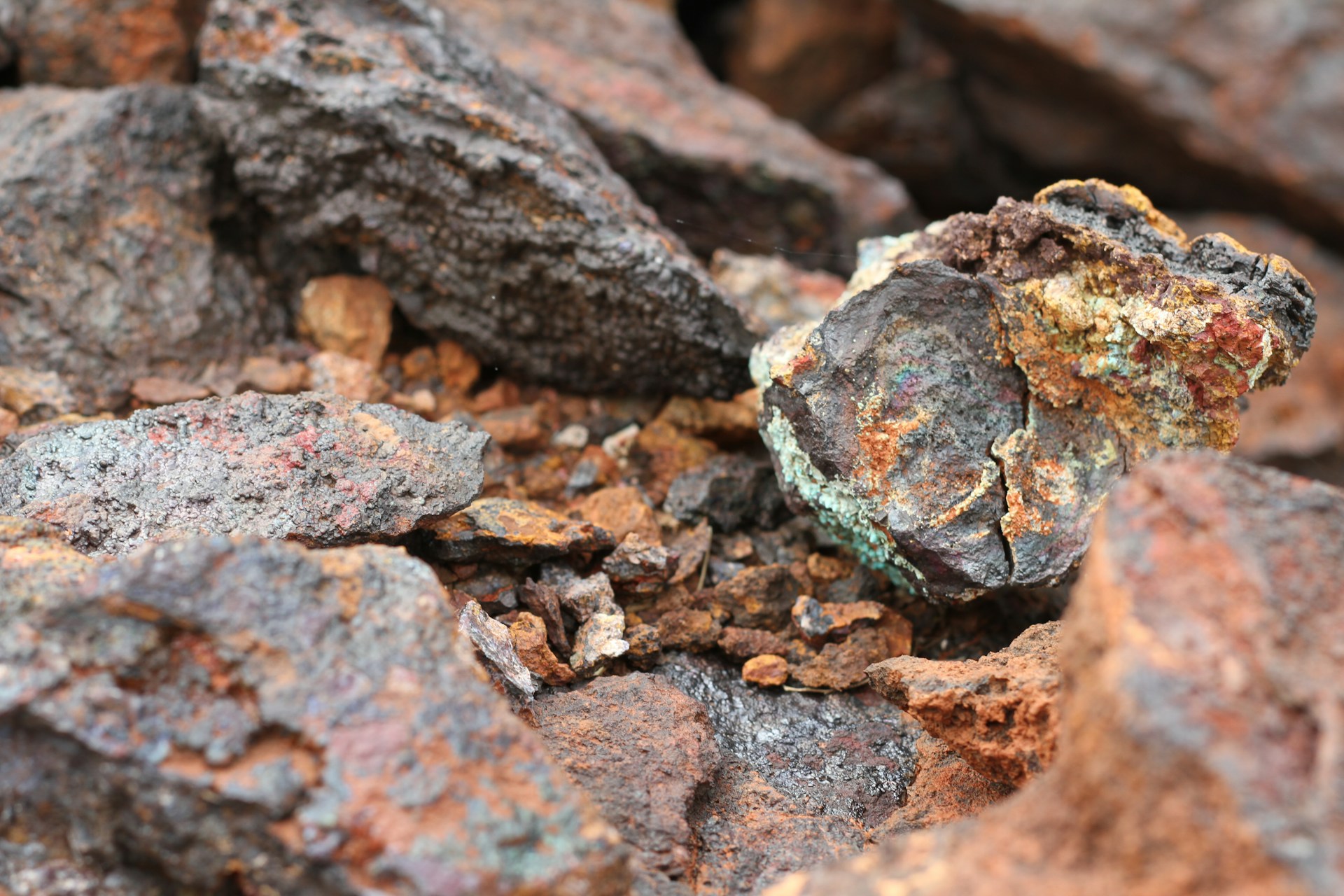
The Payne Institute for Public Policy at Colorado School of Mines in Golden has launched a series of analytical tools aimed at providing detailed insights into critical minerals. Developed in collaboration with the Mineral and Energy Economics program at Mines, these tools track the availability, cost and demand for minerals essential to the transition to low carbon energy and transport systems.
“We are making these tools available to help inform investment and policy decision making,” said Morgan Bazilian, director of the Payne Institute. “A clear understanding of critical mineral availability and cost are key factors for both energy and national security. Mines is uniquely positioned to offer such insights.”
The tools include information on reserves and estimated production costs for seven base metals and critical minerals, allowing users to view reserves by country and globally. This was initially highlighted in Payne’s 2024 State of Critical Minerals Report, noting that nickel’s “cost curve” is four times steeper than that of cobalt. Additional tools are planned for release in the coming months, including references for the mineral intensity of key energy technologies and projected mineral demand based on various energy scenarios.
“The work our students have undertaken to provide mineral cost and availability is phenomenal,” said Ian Lange, Viola Vestal Coulter Chair in Mineral Economics. “We are proud to offer it to policymakers around the world to improve their understanding of mineral markets.”
The mineral availability tools are accessible on the Payne Institute’s website. The mission of the Payne Institute is to provide scientific insights to inform public policy on earth resources, energy and environment.


